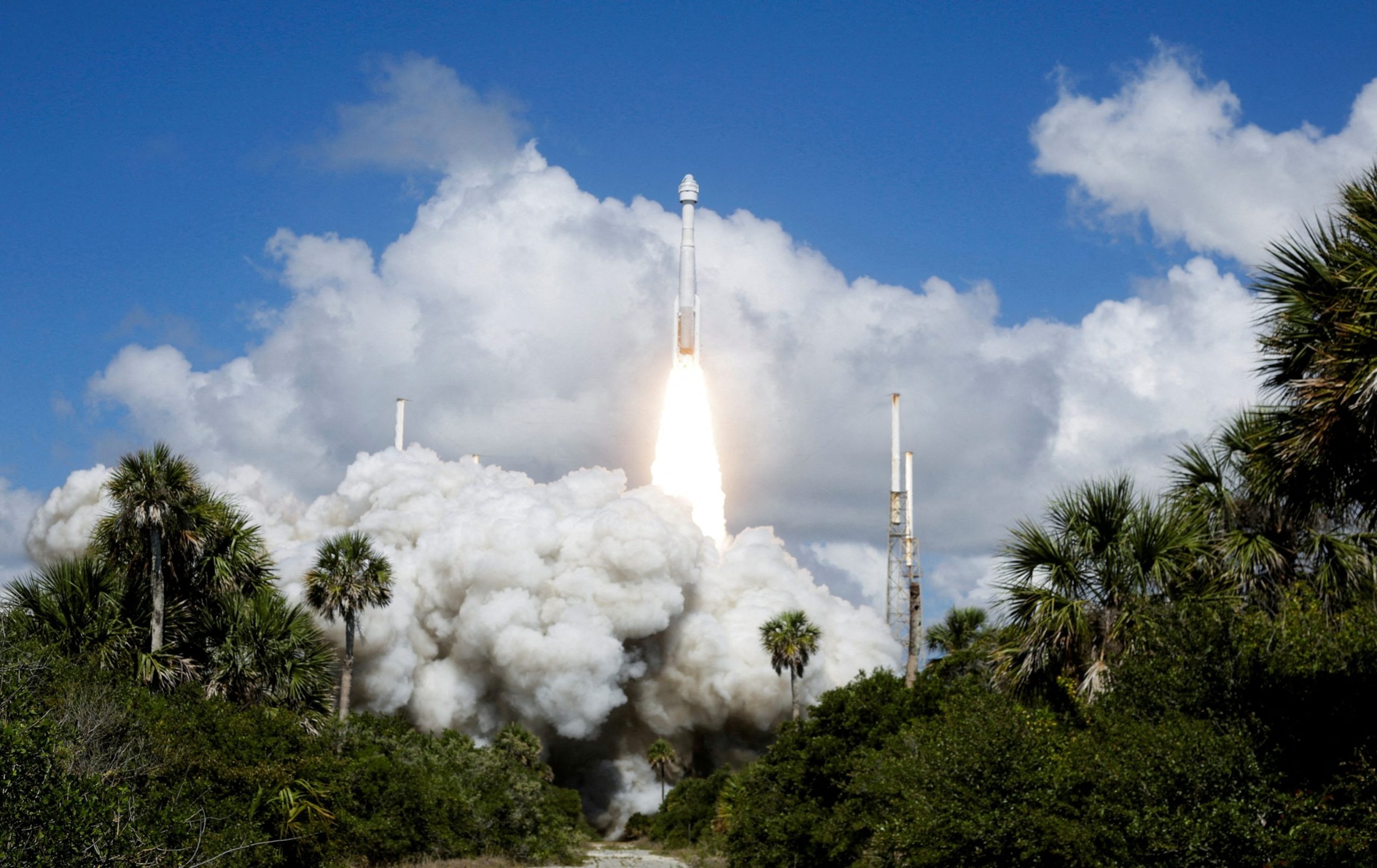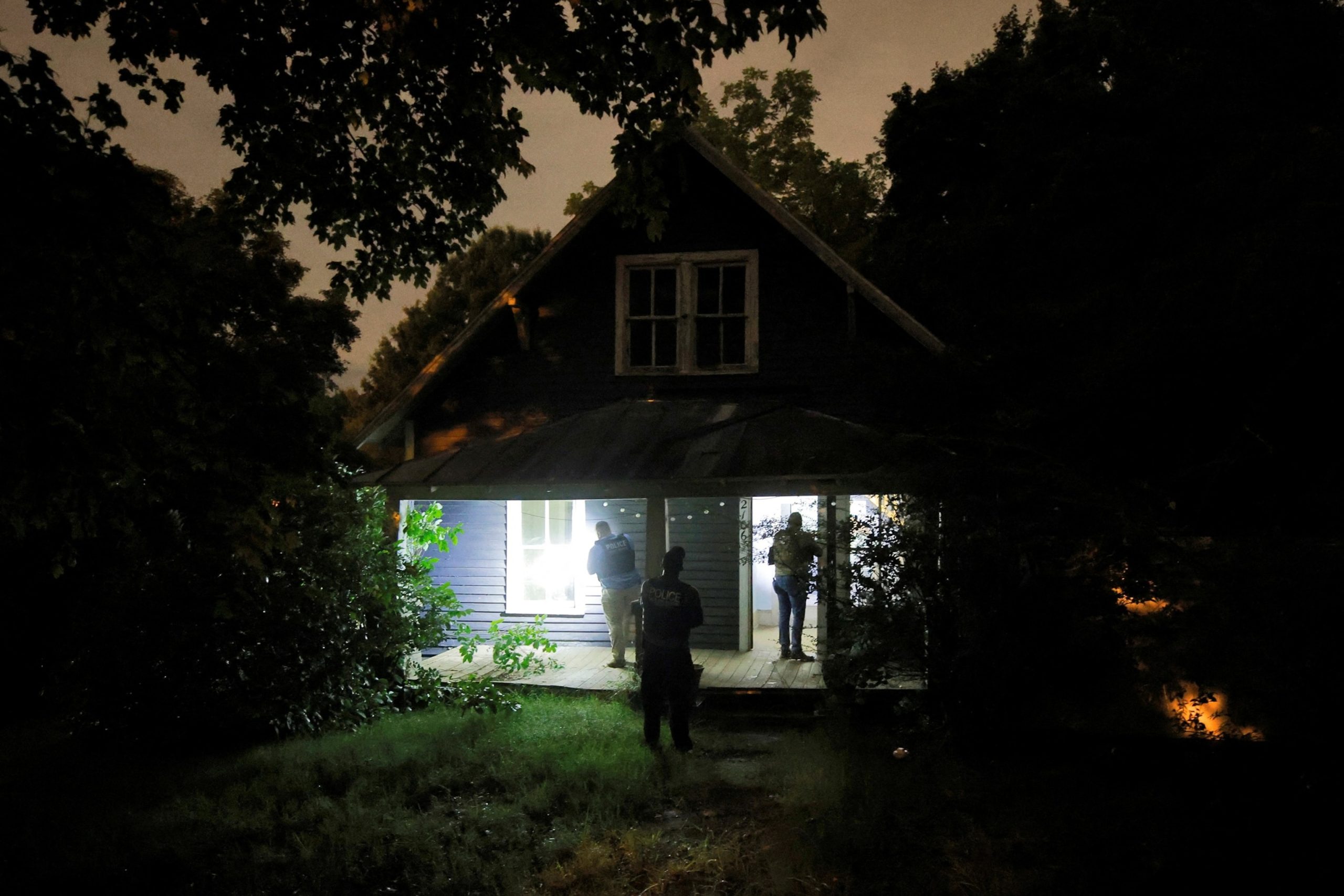Boeing’s Starliner undocked from the International Space Station (ISS) Friday and began its return voyage to Earth, without the astronauts it carried into space.
The uncrewed spacecraft undocked at 6:04 p.m. EST, an event that was streamed live on NASA’s website.
“OK, she’s on her way home,” the live commentary declared after Starliner successfully cleared the ISS.
NASA and Boeing are targeting a landing at White Sands Space Harbor in New Mexico at approximately 12:03 a.m. EST Saturday, Sept. 7, after which NASA and Boeing officials will host a news conference.
NASA astronauts Barry “Butch” Wilmore and Sunita “Suni” Williams, who performed the first crewed test flight of Starliner, lifted off on June 5 on what was planned to be about a one-week stay in space.
However, several problems arose with the spacecraft, which ultimately prompted NASA to delay the duo’s return to February 2025 aboard Space X’s Crew-9 Dragon spacecraft.
Starliner is part of the larger Commercial Crew Program at NASA, which was testing if Boeing’s spacecraft could be certified to perform routine missions to and from the ISS.
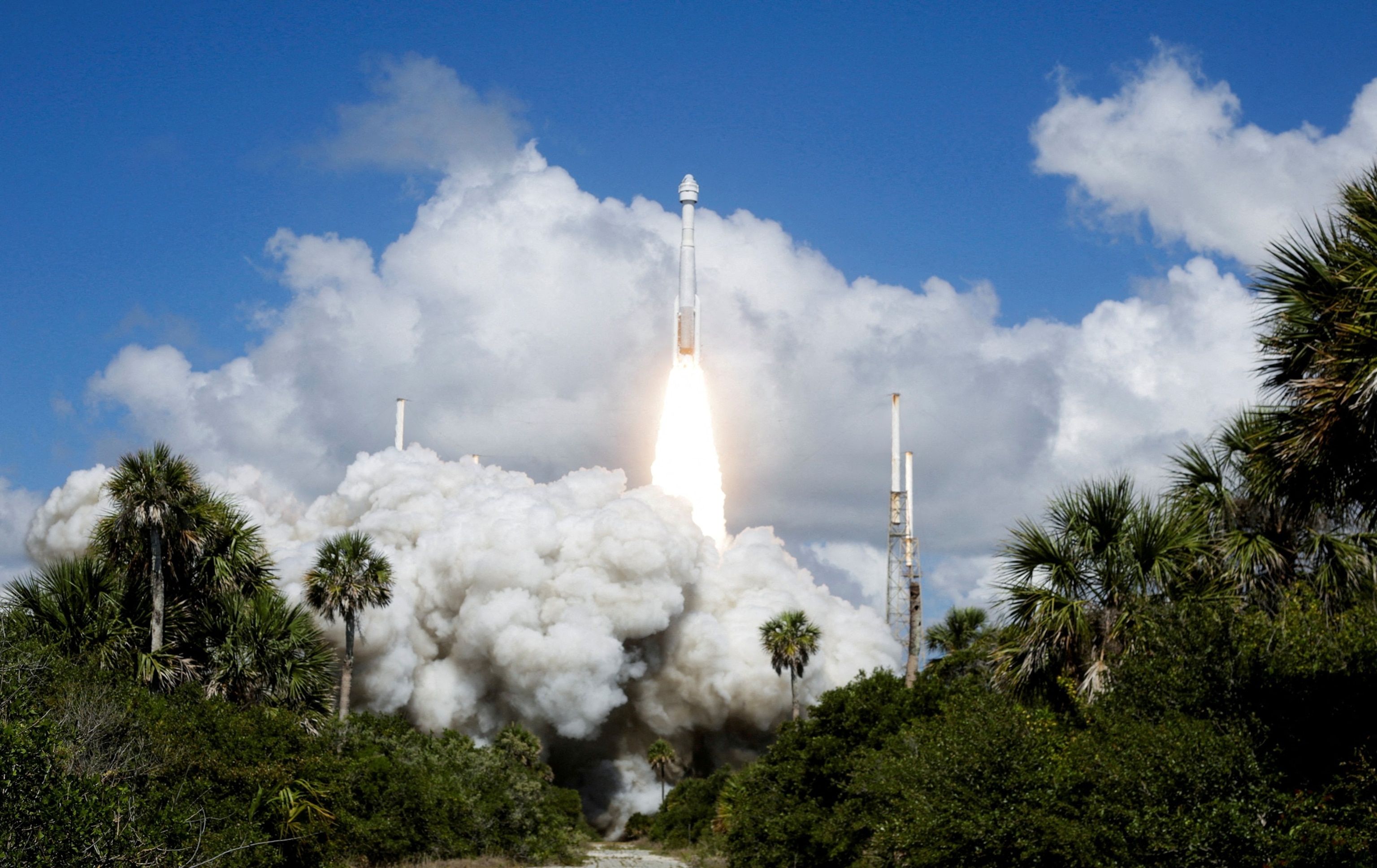
In this June 5, 2024 file photo, a United Launch Alliance Atlas V rocket carrying two astronauts aboard Boeing’s Starliner-1 Crew Flight Test (CFT), is launched on a mission to the International Space Station, in Cape Canaveral, Fla.
Joe Skipper/Reuters
Wilmore and Williams prepared Starliner for its weekend departure, including reconfiguring the spacecraft’s seats for an uncrewed landing and packing cargo inside for ground crews to retrieve, according to a blog post from NASA.
The astronauts also “returned standard visiting vehicle emergency hardware stowed inside Starliner back to the station for future mission operations,” according to the NASA post.
NASA and Boeing officials expressed confidence in Starliner’s ability to return to Earth with few or no hiccups.
“We have confidence in the vehicle … We’ve had two good landings so far and we’re expecting another one on Friday,” Steve Stich, program manager for NASA’s Commercial Crew Program, said during a news conference on Wednesday.
Starliner was plagued with issues even before launch. The flight test originally was tentatively scheduled for May 6, but was scrubbed after a problem with an oxygen valve on a rocket from United Launch Alliance (ULA), which manufactures and operates the rockets that launch spacecraft into orbit.
A new launch date was subsequently set for May 25, but a small helium leak was discovered in the service module, which contains support systems and instruments for operating the spacecraft. The discovery again delayed the launch until June 5, when Starliner finally lifted off.
Helium leaks and a thruster issue then threatened to delay Starliner’s docking. Five days after docking at the ISS on June 6, NASA and Boeing said the spacecraft was experiencing five “small” helium leaks, but said enough helium was available for the return mission.
Last month, teams at NASA’s White Sands Test Facility in New Mexico performed ground tests of Starliner’s thruster, subjecting it to conditions similar to those that the spacecraft experienced on its way to the ISS, to see how it would perform upon undocking from the space station.
On Aug. 24, NASA announced that Wilmore and Williams would not return to Earth onboard Starliner.
Boeing’s Starliner spacecraft has successfully undocked from the International Space Station (ISS) and is now on its way back to Earth. This marks a significant milestone for Boeing’s Commercial Crew Program, which aims to provide reliable and cost-effective transportation to and from the ISS.
The Starliner spacecraft, which was launched on December 20th, 2019, docked with the ISS on December 21st. During its time at the ISS, the spacecraft underwent a series of tests and demonstrations to prove its capabilities for future crewed missions. This included testing its docking and undocking procedures, as well as its ability to autonomously navigate in space.
One of the key objectives of this mission was to demonstrate the spacecraft’s ability to safely return to Earth without any NASA astronauts on board. This is a crucial step in proving the reliability and safety of the Starliner spacecraft for future crewed missions.
While there were no astronauts on board for this mission, the spacecraft did carry a test dummy named Rosie the Rocketeer, along with supplies and equipment for the ISS crew. This allowed Boeing and NASA to gather important data on how the spacecraft performs in space and how it can support future crewed missions.
The successful undocking of the Starliner spacecraft from the ISS is a major achievement for Boeing and the Commercial Crew Program. It demonstrates the progress that has been made in developing a reliable and cost-effective transportation system for astronauts to and from the ISS.
As the spacecraft begins its journey back to Earth, it will undergo a series of maneuvers to re-enter the Earth’s atmosphere and land safely in the desert of New Mexico. This will be a critical test of the spacecraft’s ability to return safely to Earth and will provide valuable data for future missions.
Overall, the successful undocking of Boeing’s Starliner spacecraft from the ISS marks an important milestone in the development of commercial crew transportation to space. It demonstrates the progress that has been made in creating a reliable and cost-effective transportation system for astronauts and paves the way for future crewed missions to the ISS and beyond.
